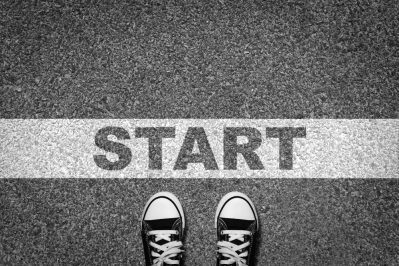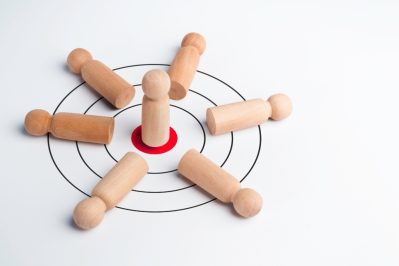To be great, organizations and individuals alike need to be embrace their bad side.
I don’t mean bad in the behavioral sense. I mean being clear about what you’re not going to be good at.
This was a key message Francis (Fran) Frei gave in her presentation to an audience of business leaders last year. Fran, a bestselling author and speaker on leadership and customer service, shared a few examples of this:
- Southwest Airlines built its business on low fares, excellent customer service and punctuality. The airline intentionally decided to be bad at convenience, on-board amenities and an extensive route network. The result? Southwest Airlines made more money over a twenty-year period than every other US airline combined.
- Ikea created a new market for furniture by deciding to be bad at assembly, quality and convenience of store locations. Instead, they focused on being great on price, systems, and creating stylish furniture for small spaces. By targeting buyers who wanted all of the later and cared less about the former, they’ve built revenues estimated at $37B this year.
What’s interesting is that there are smart business consultants who might come in to these organizations and suggest that they work on improving in the areas they’ve chosen to be bad at.
What they’d be missing is that the areas these companies are “bad” in aren’t important to their potential customers. What’s more is that trying to be great at everything is more likely to dilute or even damage the value proposition that got them to be market leaders in the first place.
Both Southwest Airlines and Ikea made very conscious and strategic choices about where they wanted to be bad.
We each face similar decisions in our personal and professional lives. More often than not, we try to do many things well rather than figuring out the handful of things we’re good at that are most important. Once we’ve figured out what those select things are, we should be unapologetic about being bad at things that fall outside of that.
Trying to be good at everything just doesn’t work.
In her talk, Fran shared another example of working parents she had studied and the differences in their happiness levels. The ones who were unhappy and stressed were trying to be good at everything in their lives simultaneously. The ones who were happier were clearer about the things they had the bandwidth to be good at (e.g. their jobs, their family relationships, etc.). They were also more willing to let other things fall by the wayside, either permanently or temporarily. In other words, they had unapologetically embraced being bad at them.
One of the first steps on this path is giving up the guilt about what you are bad at. Even though I have written a lot about the importance of excellence, breaking the habit of feeling guilt about things I’m bad at is something I’ve been working on these past few years. By playing to my strengths, I’ve been able to have a bigger impact on my employees, my friends and my family.
So, how do we know when we need to be good or bad?
We need to be excellent at what matters most, whether that’s ourselves, our team or our customers. And we need to give ourselves permission to be bad at the things that these same parties don’t care about.
It never feels natural to be bad. What’s important to remember is that it’s in the service of being great at things that matter more. Remember, if you try to be everything to everyone, you will just end be being nothing to no one.
Quote of the Week
“Choosing bad is your only shot at achieving greatness. And resisting it is a recipe for mediocrity.”
Frances Frei









